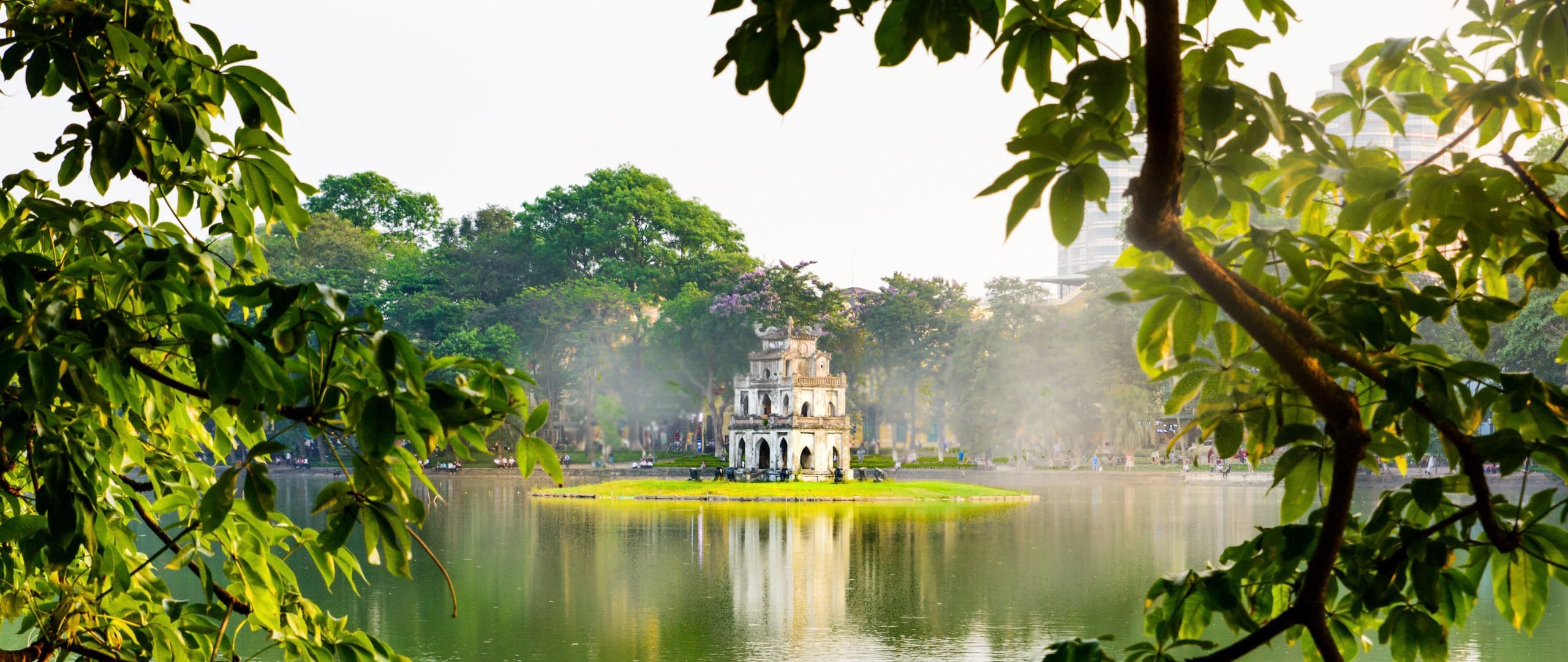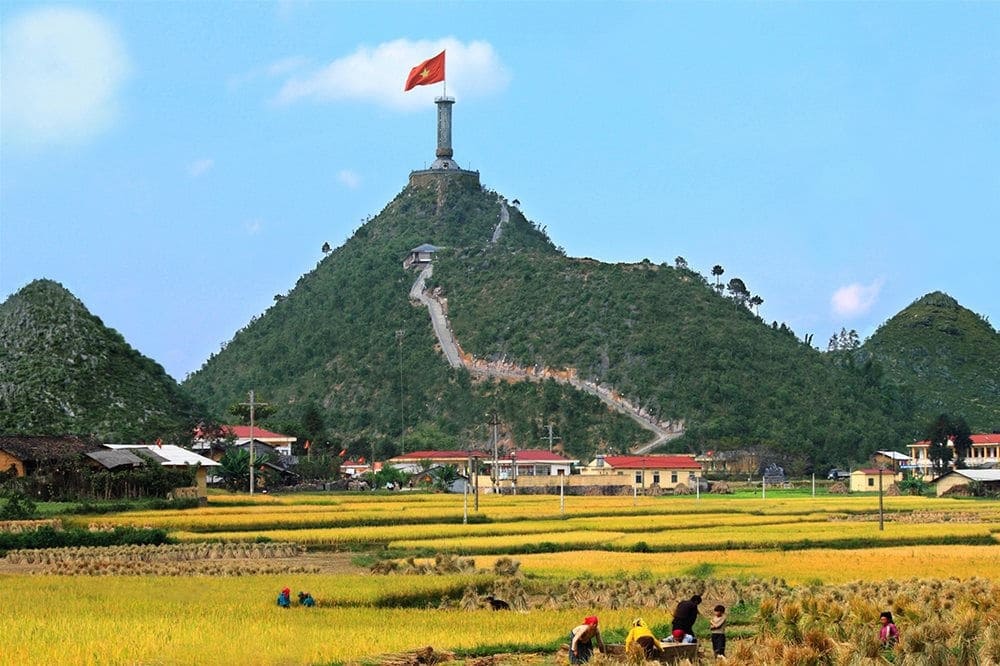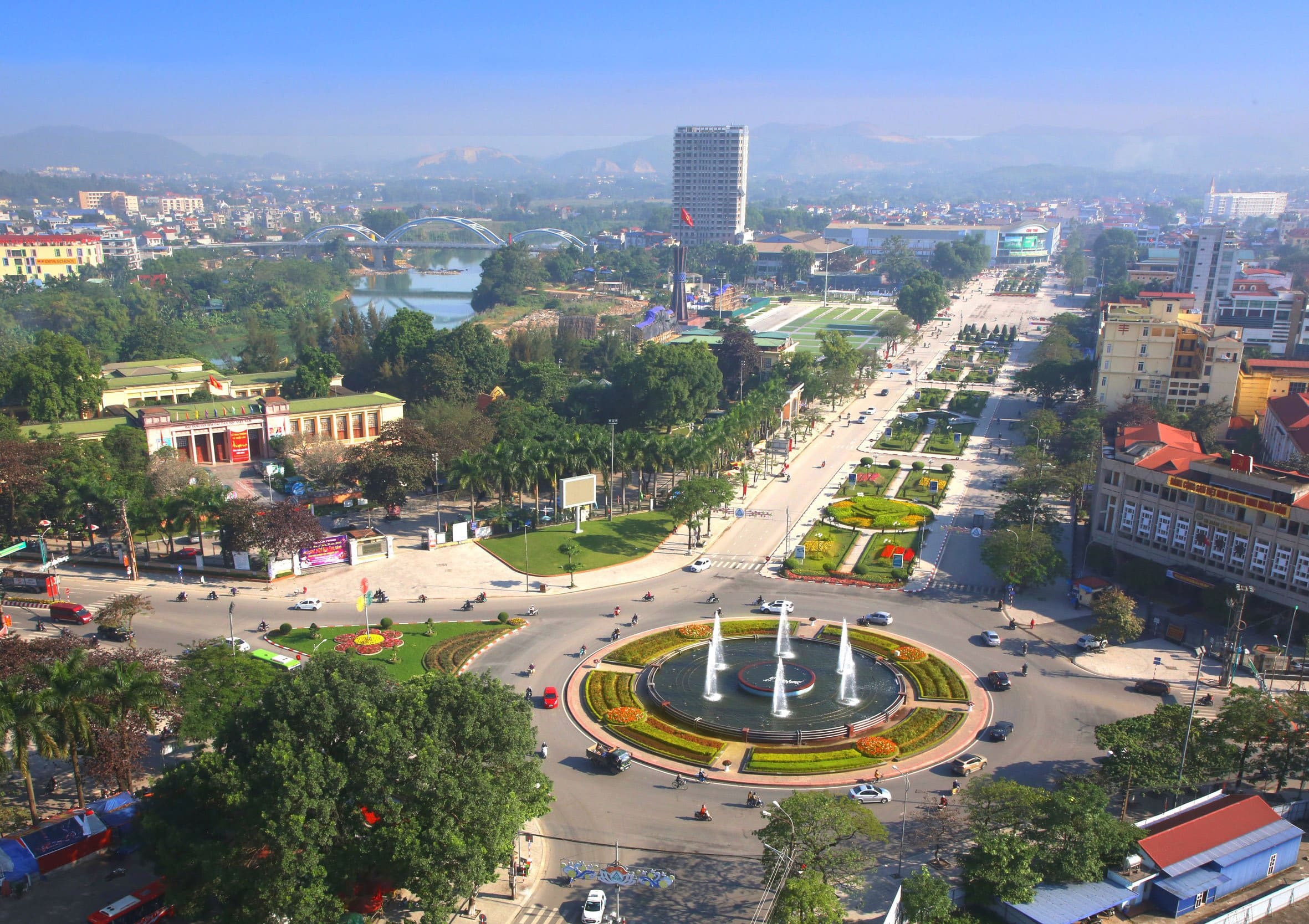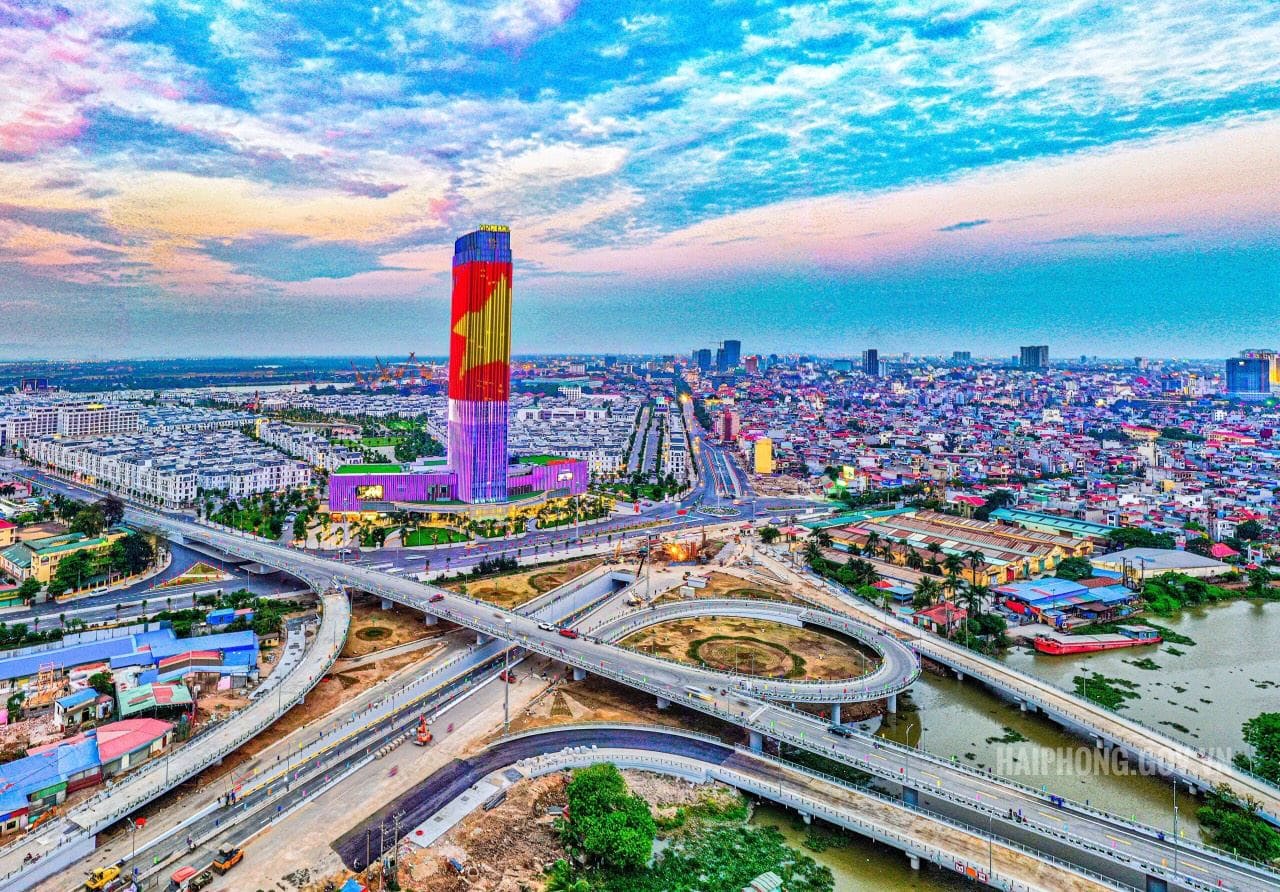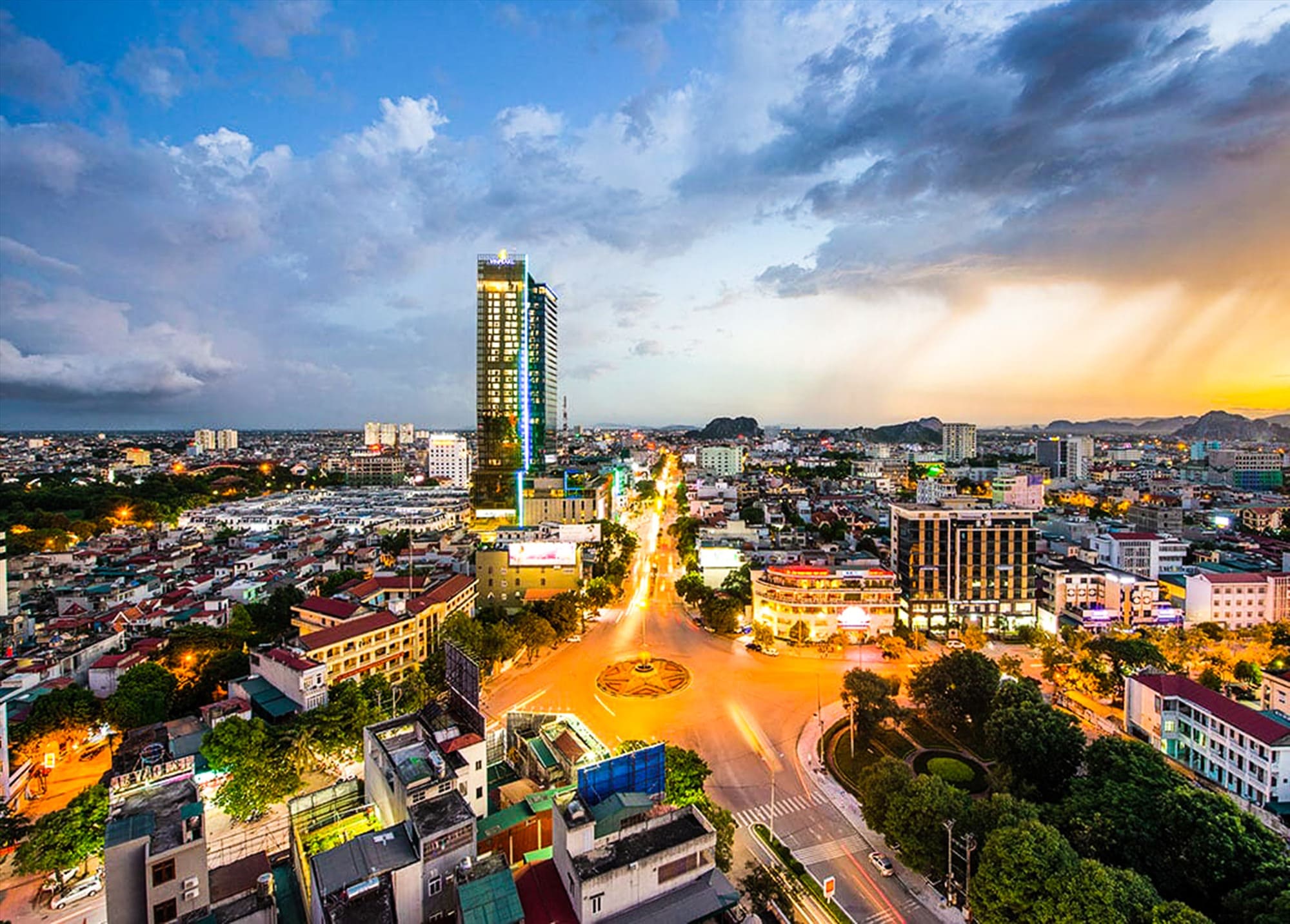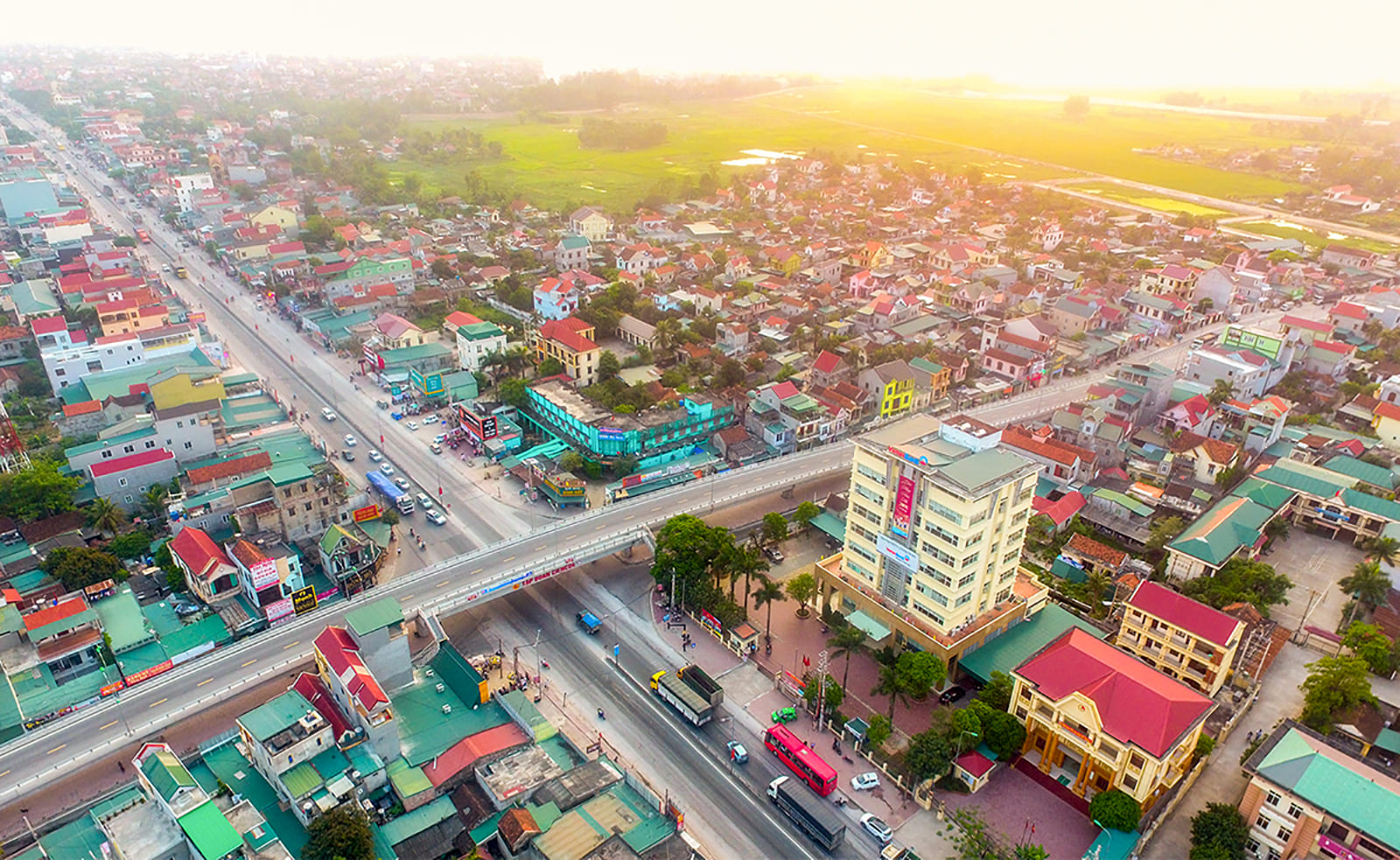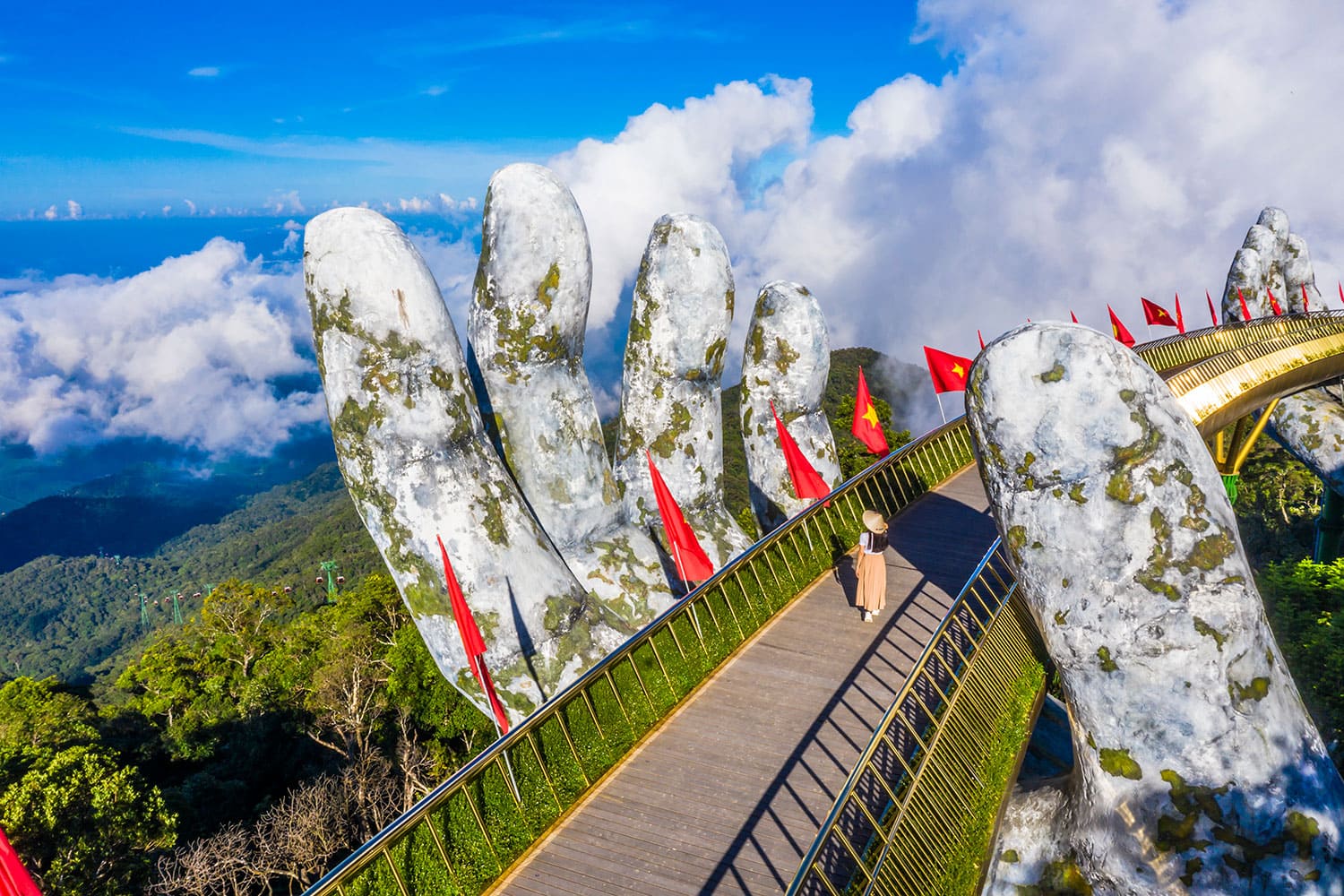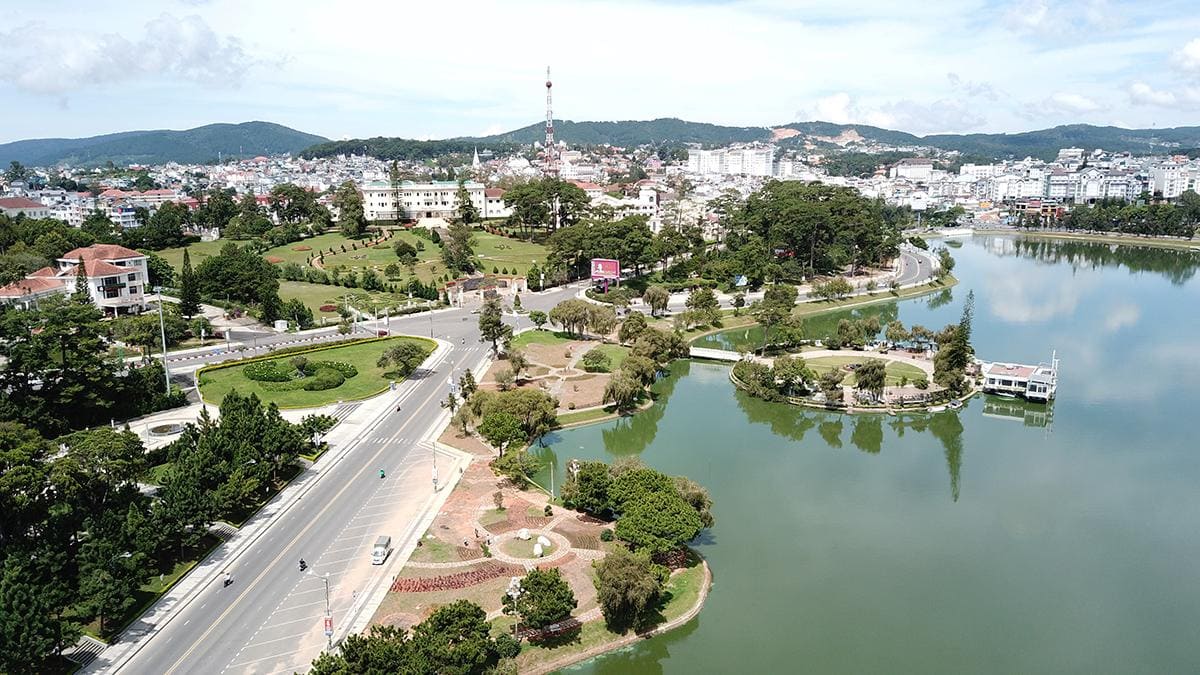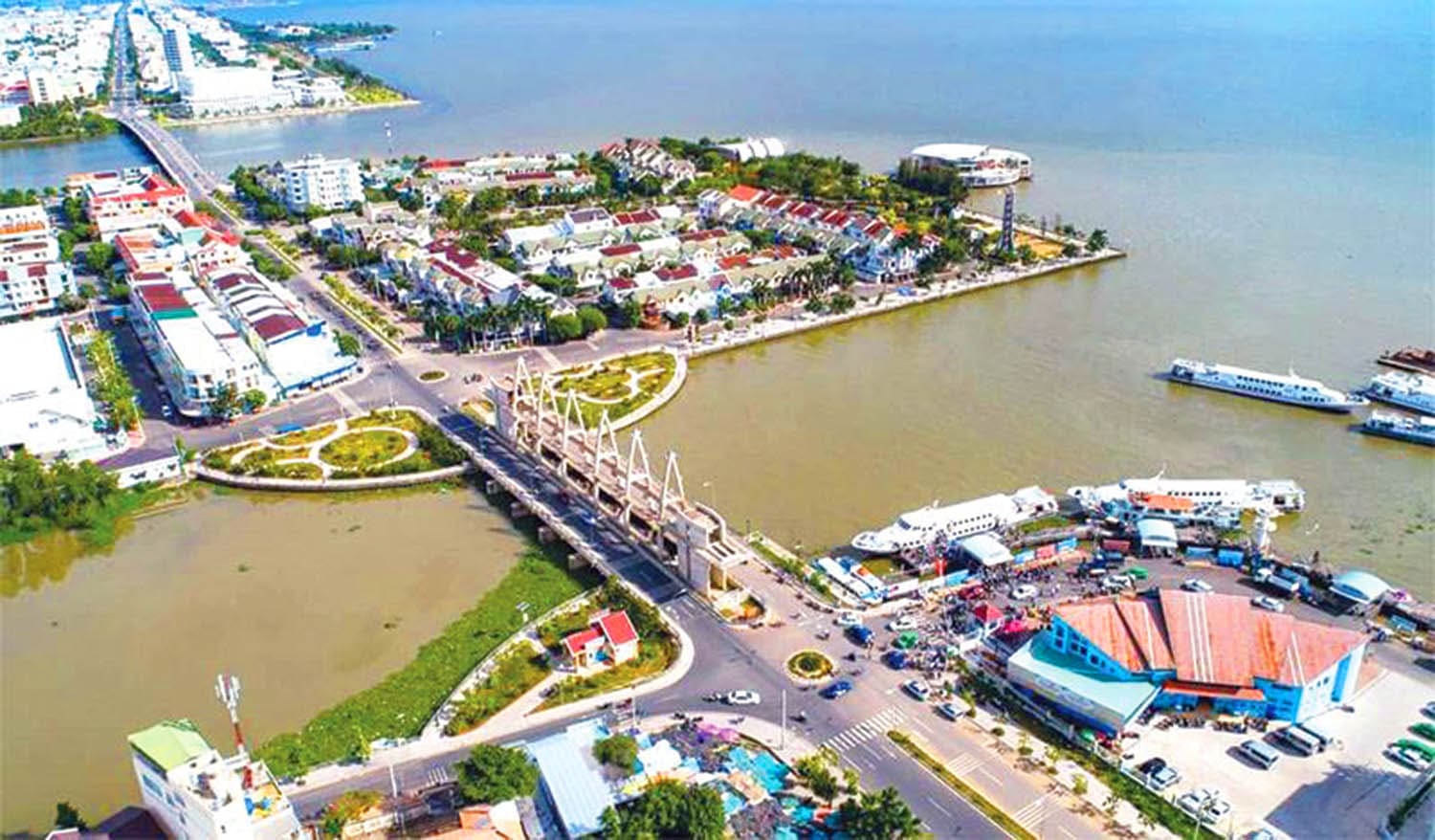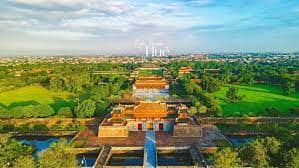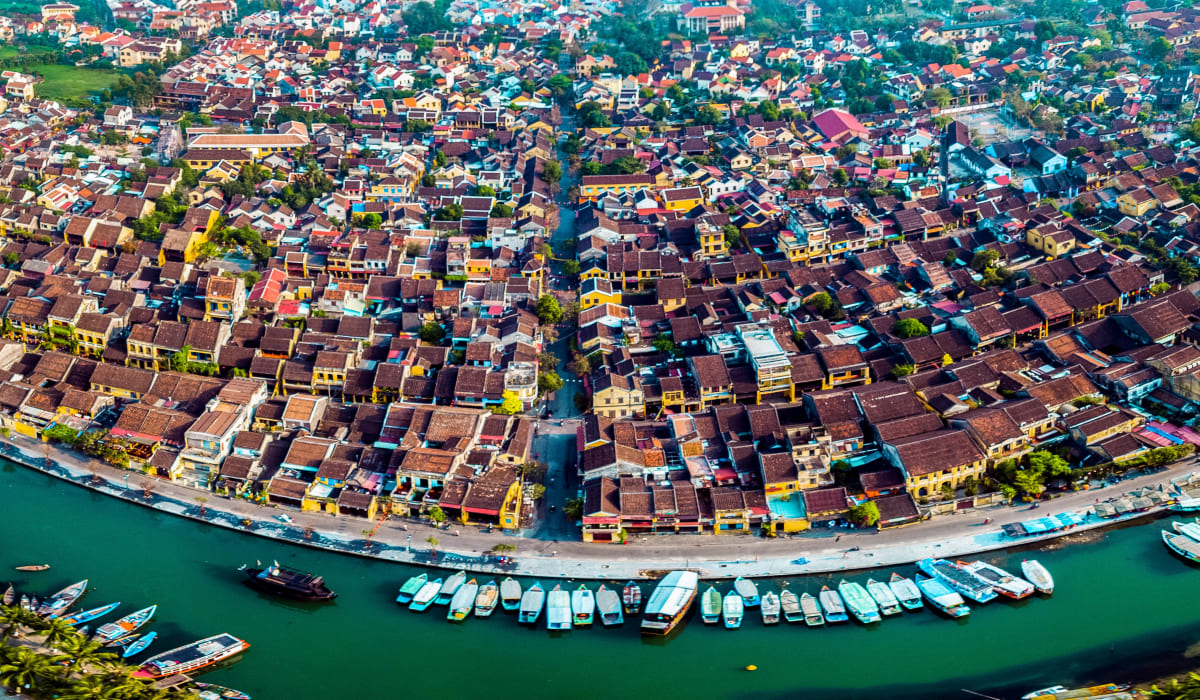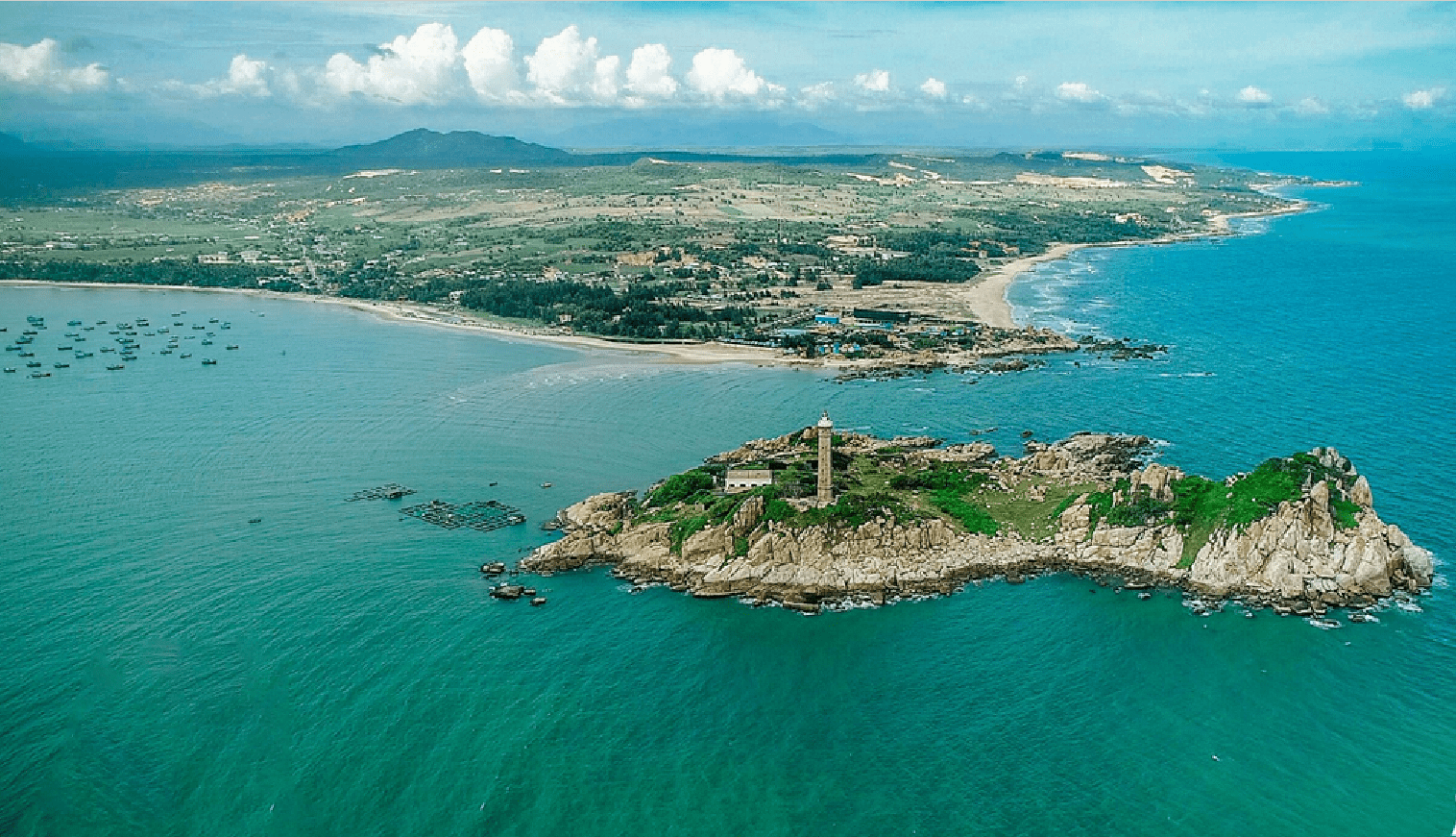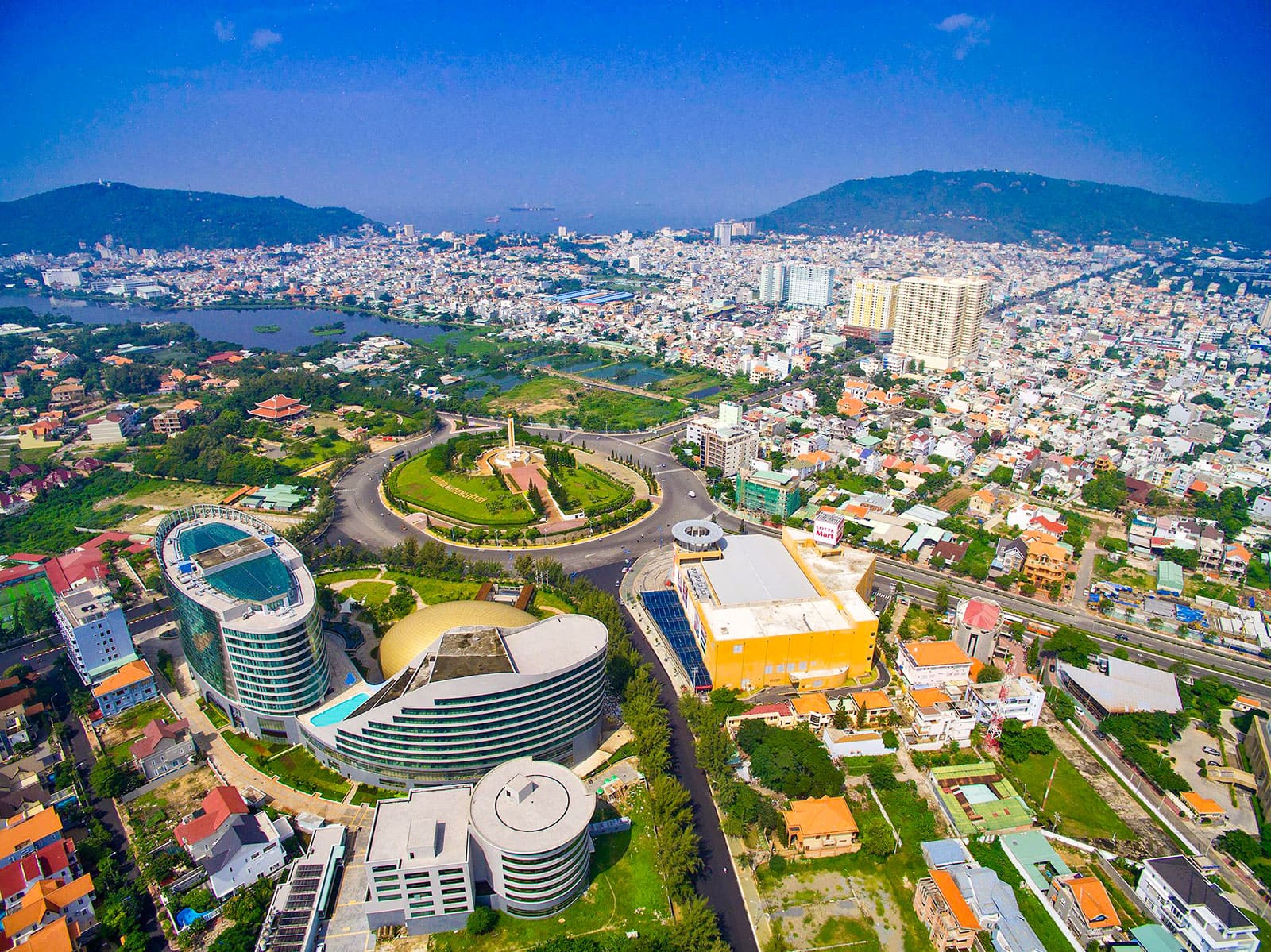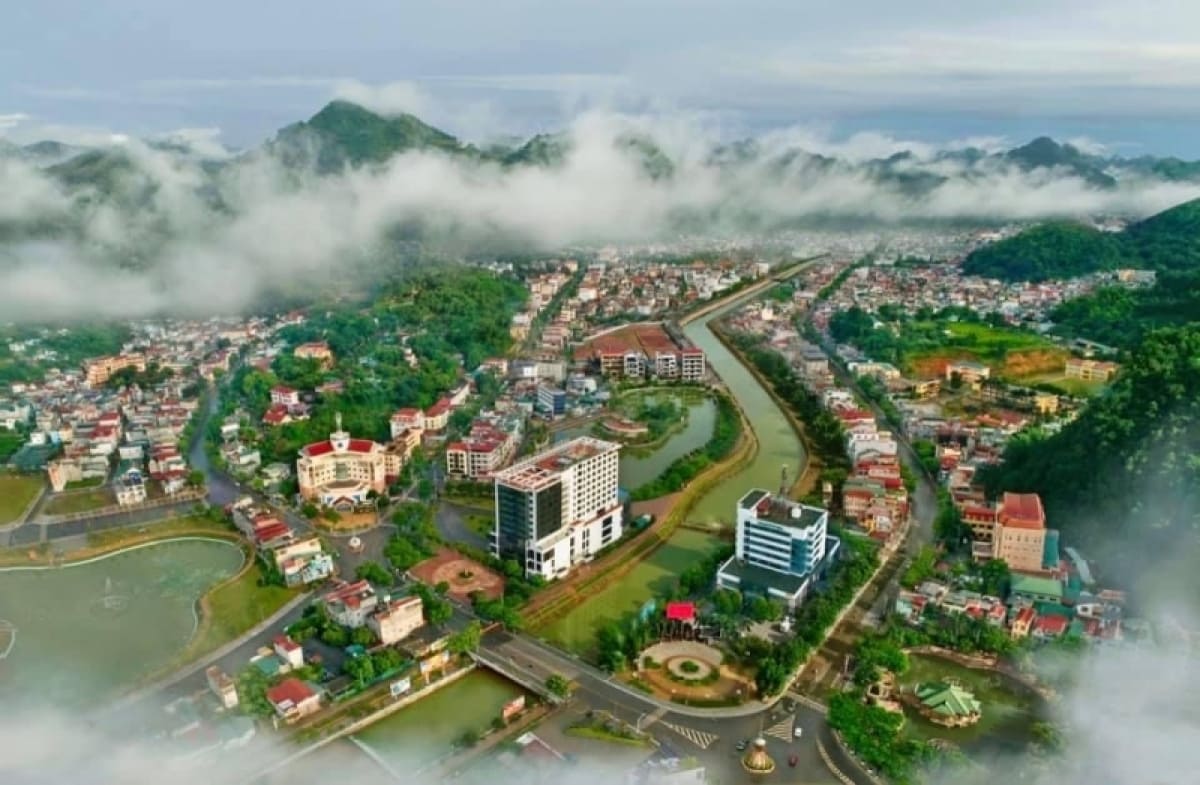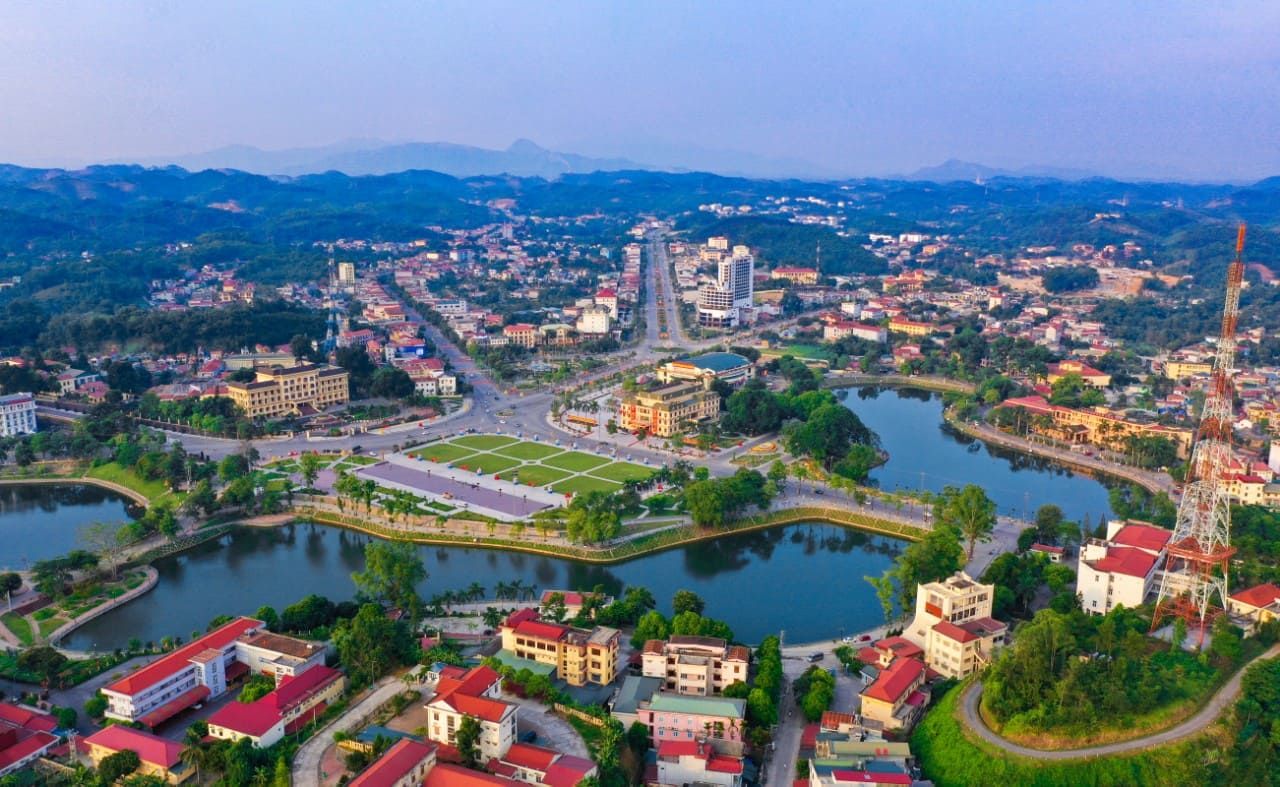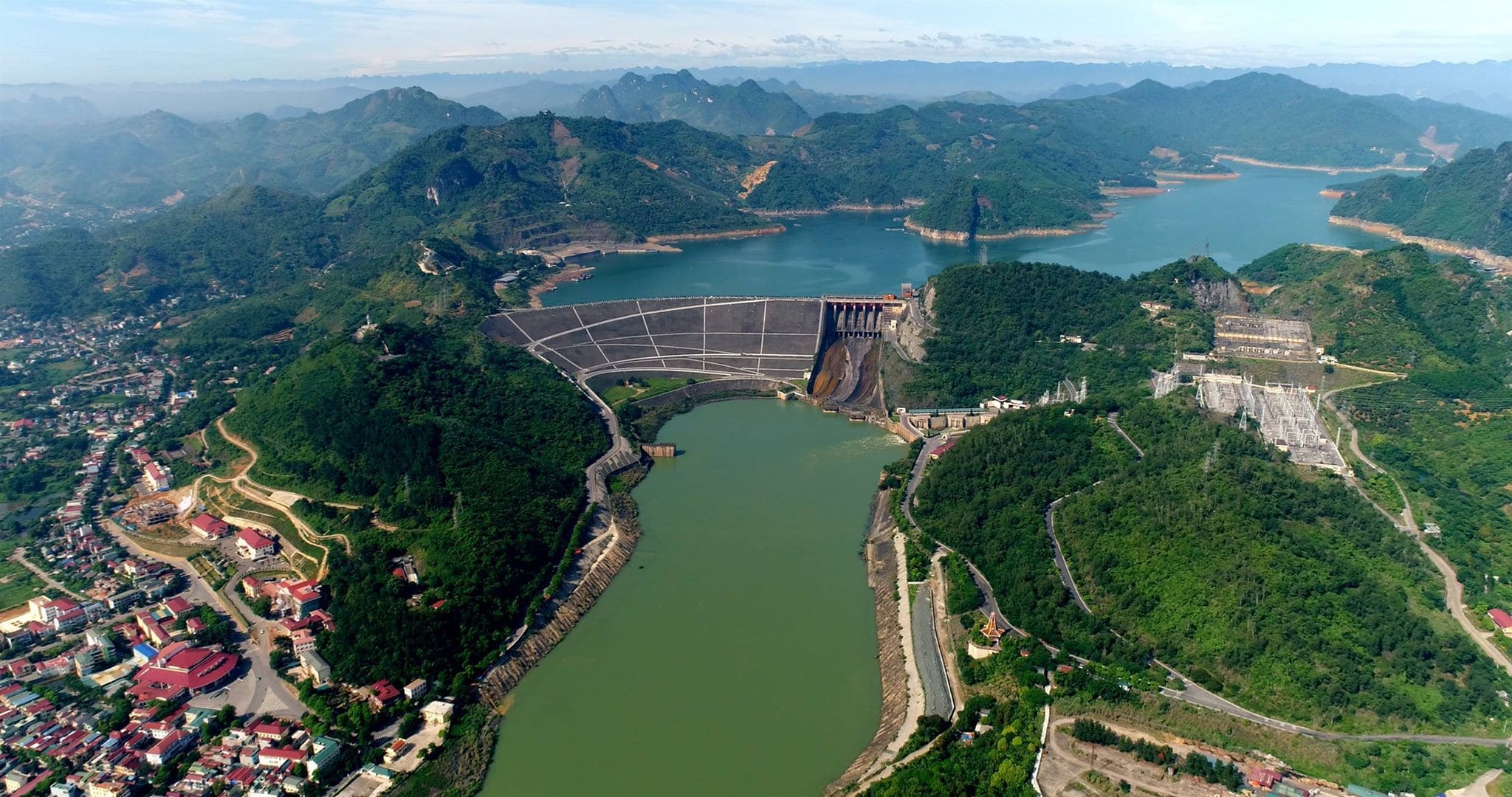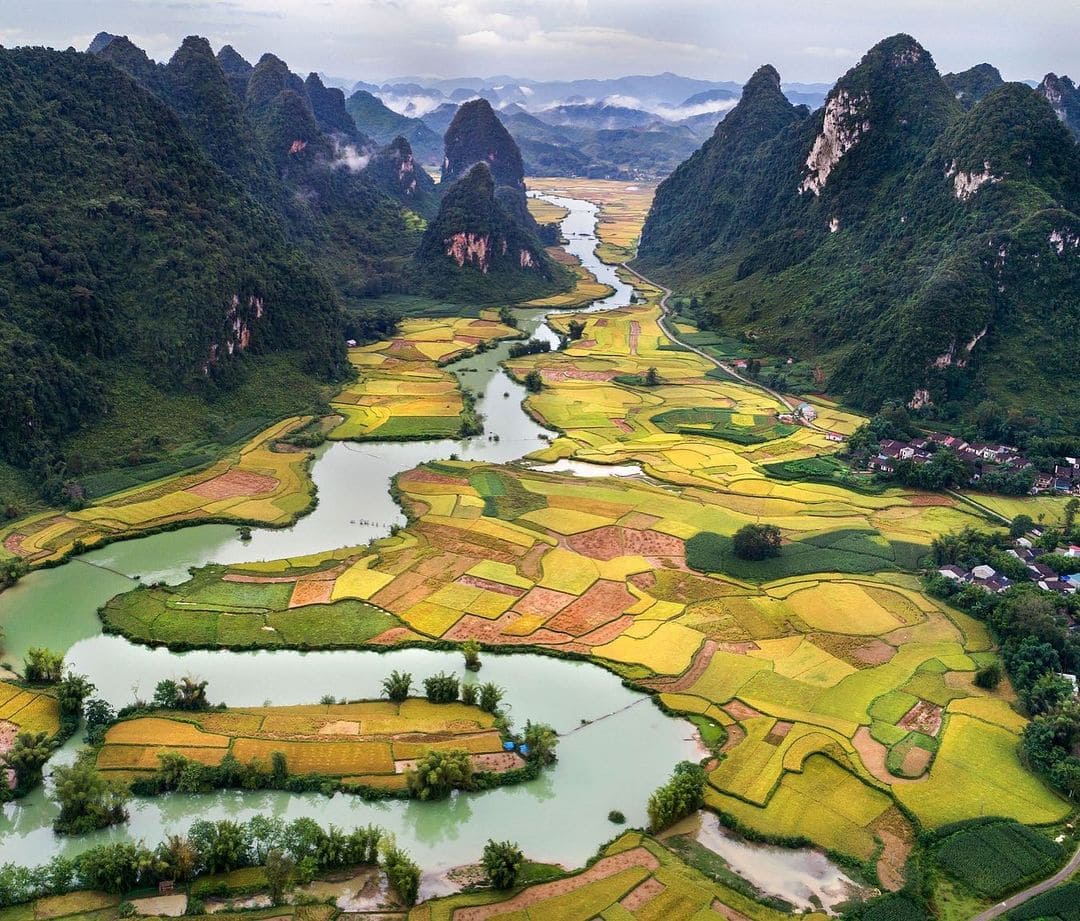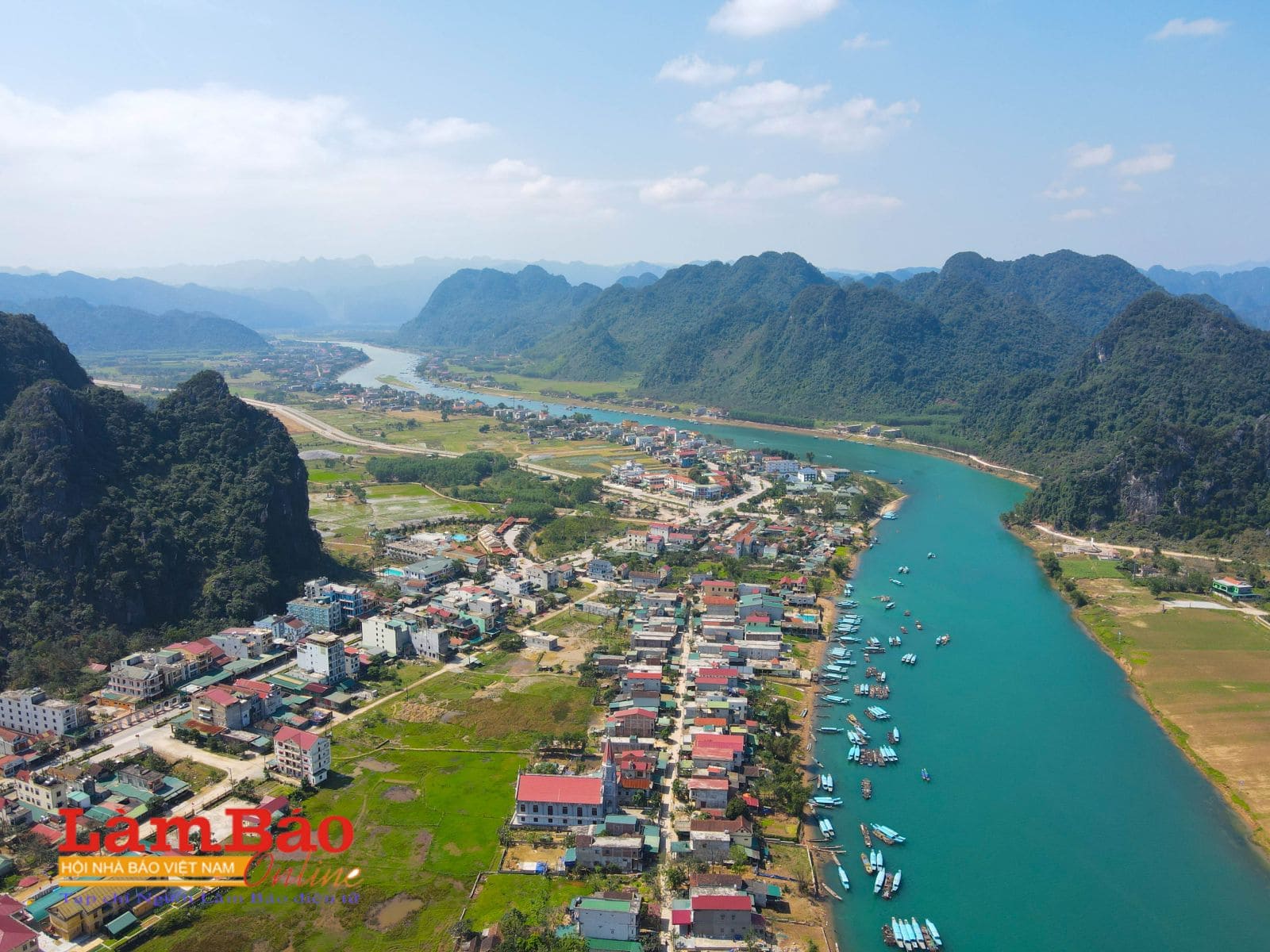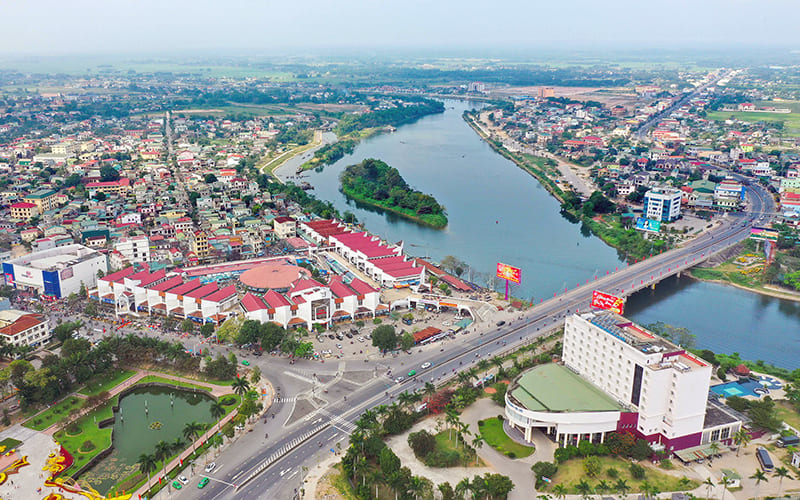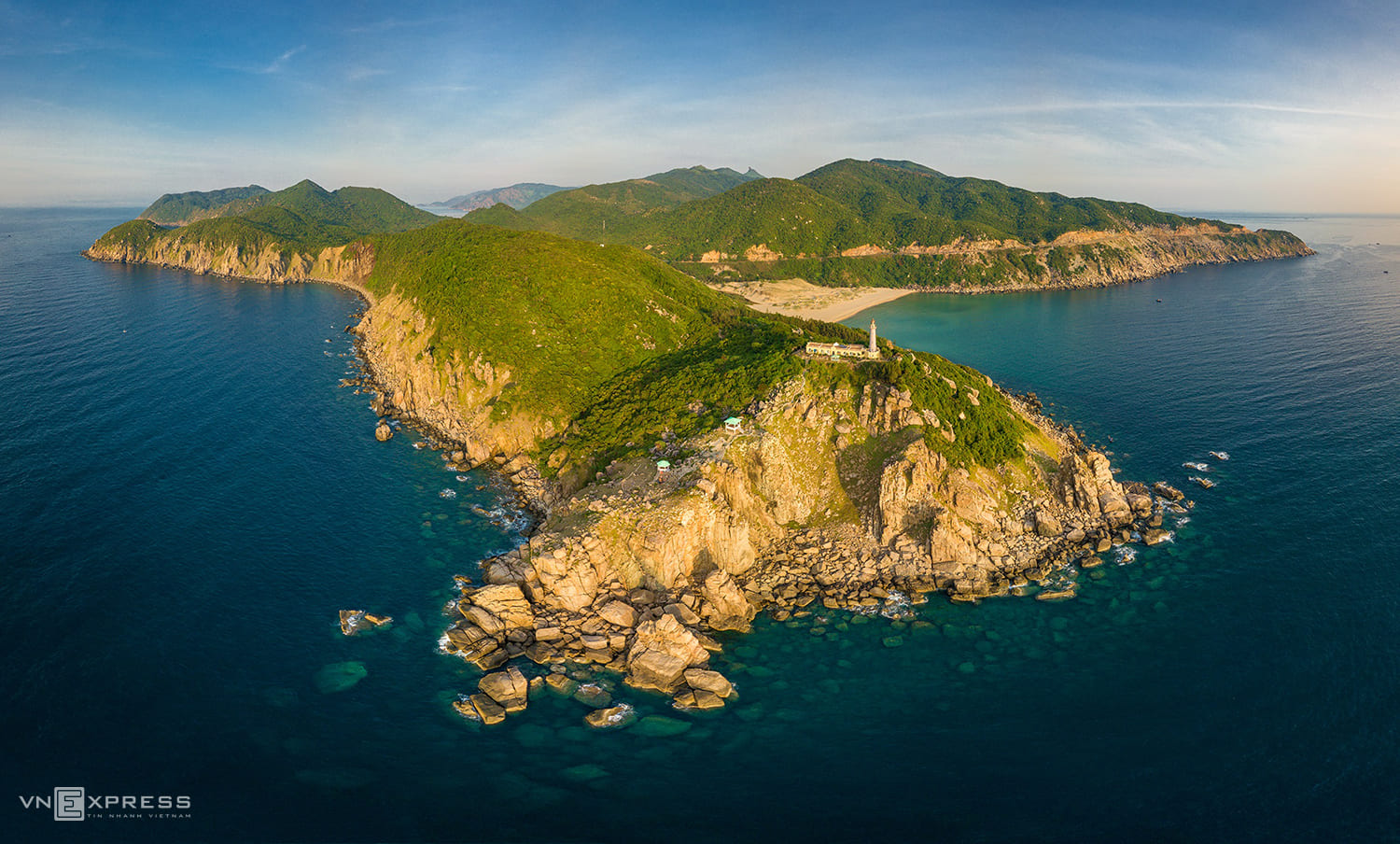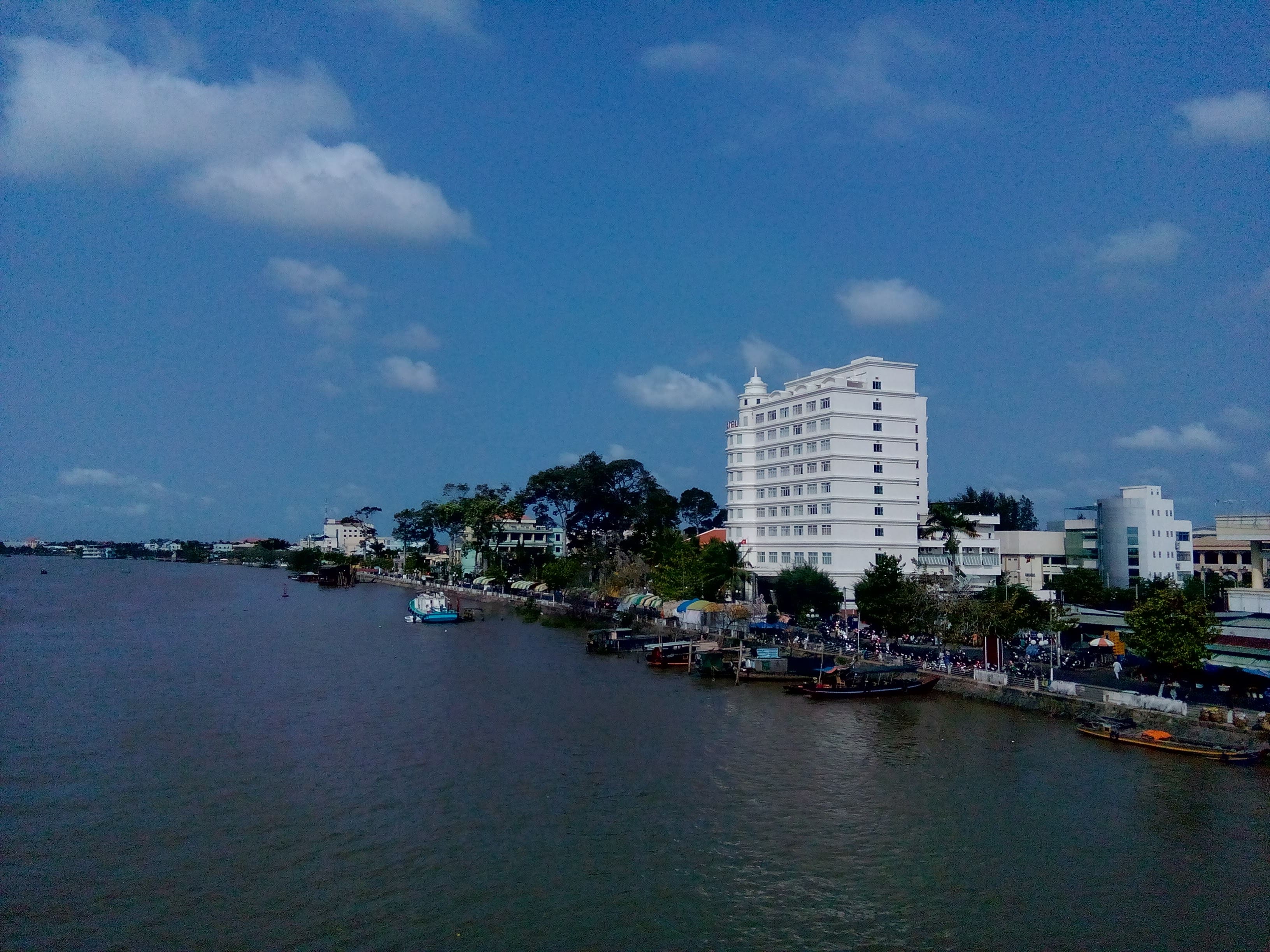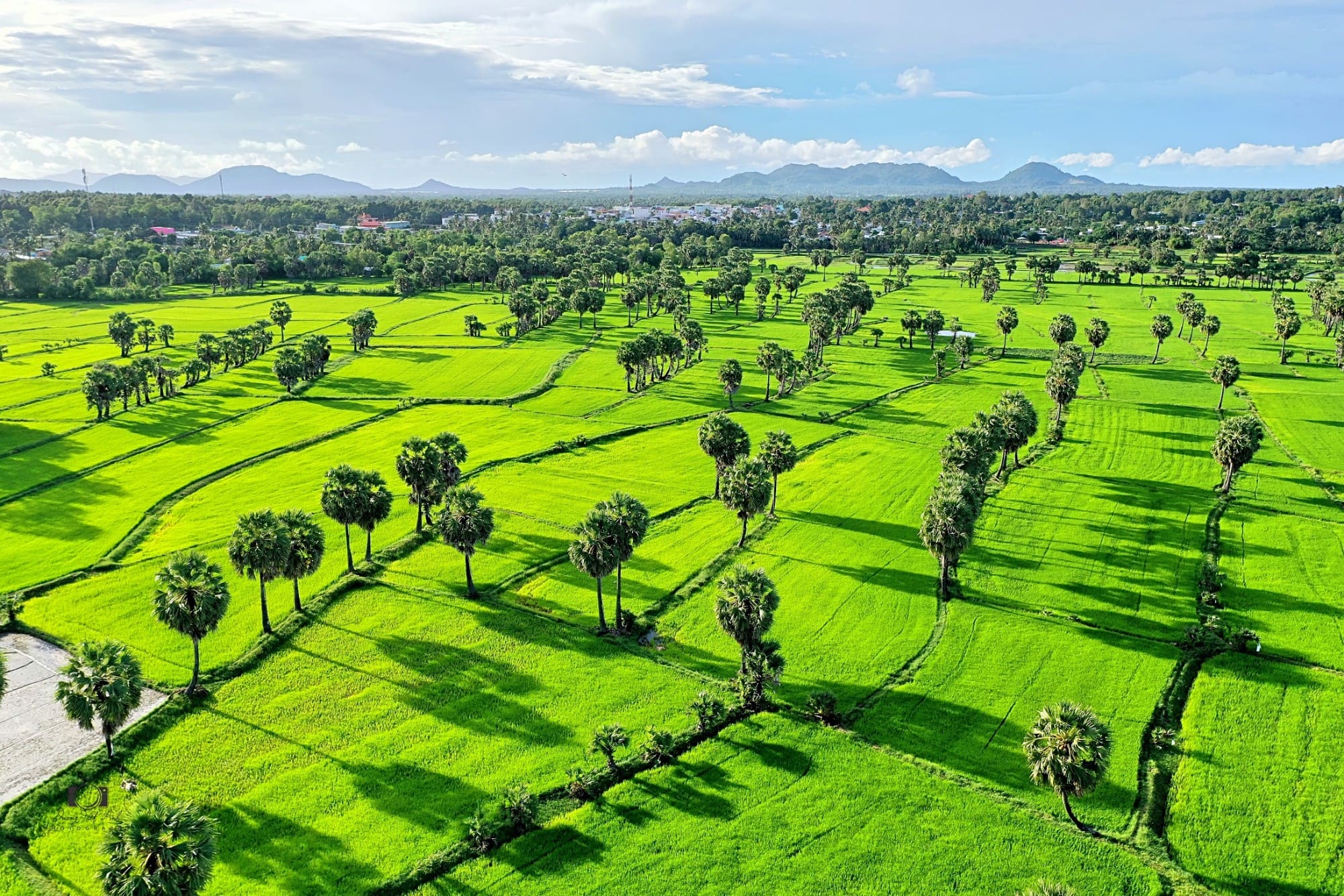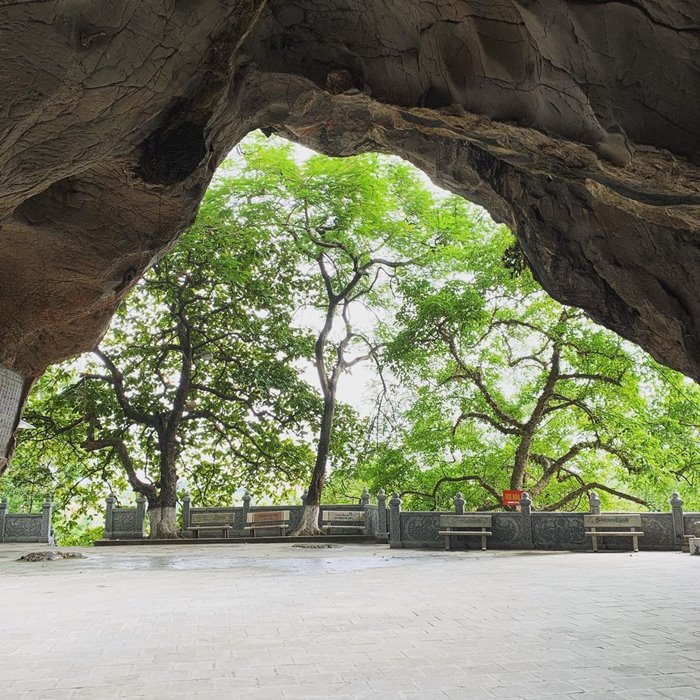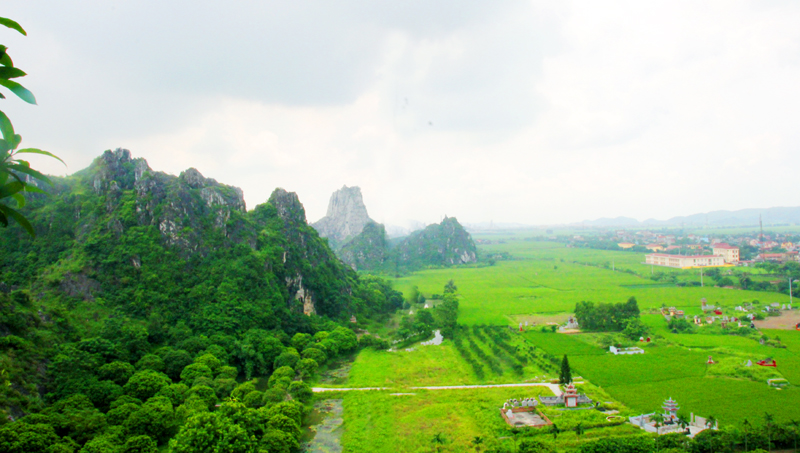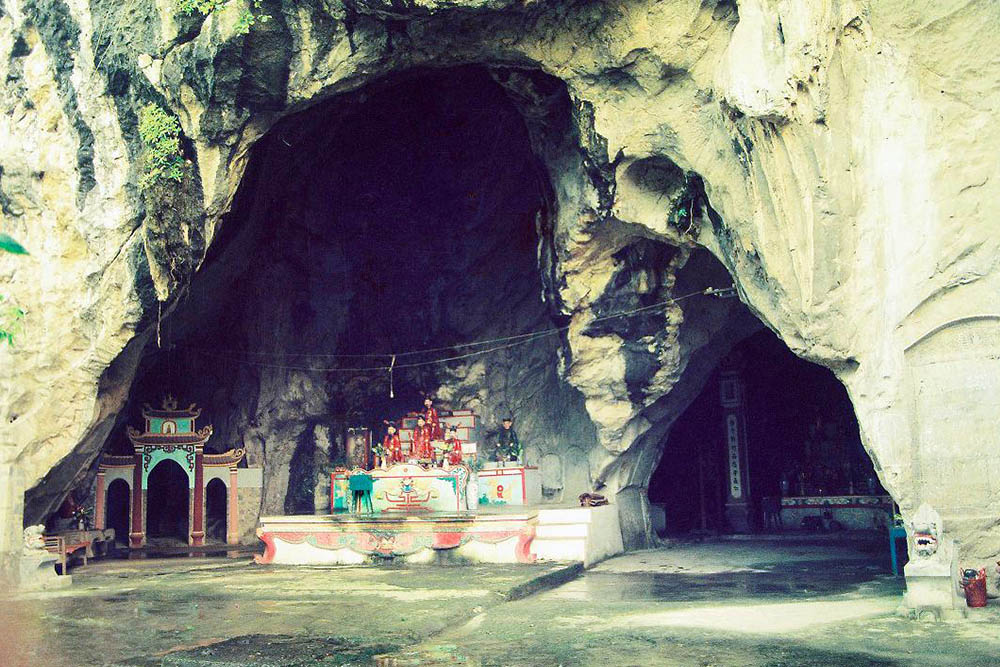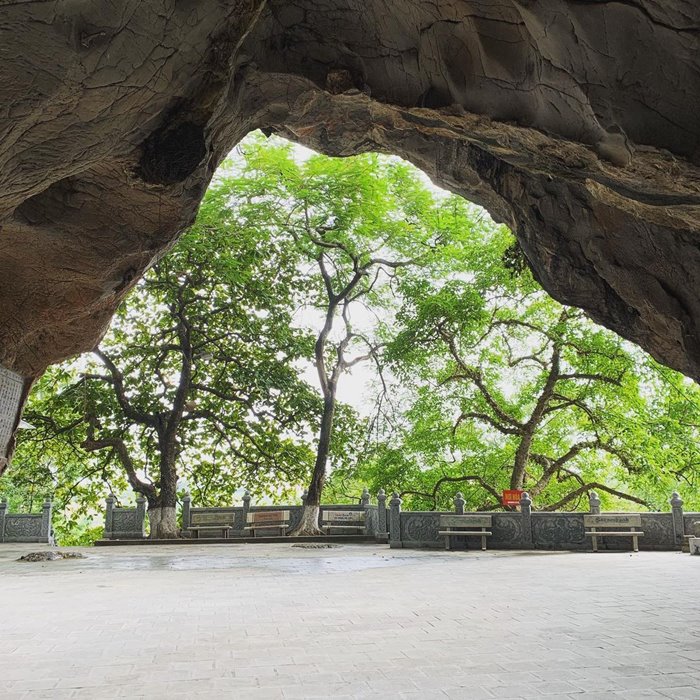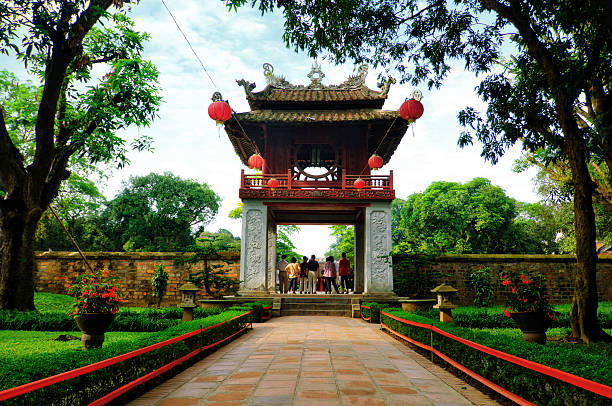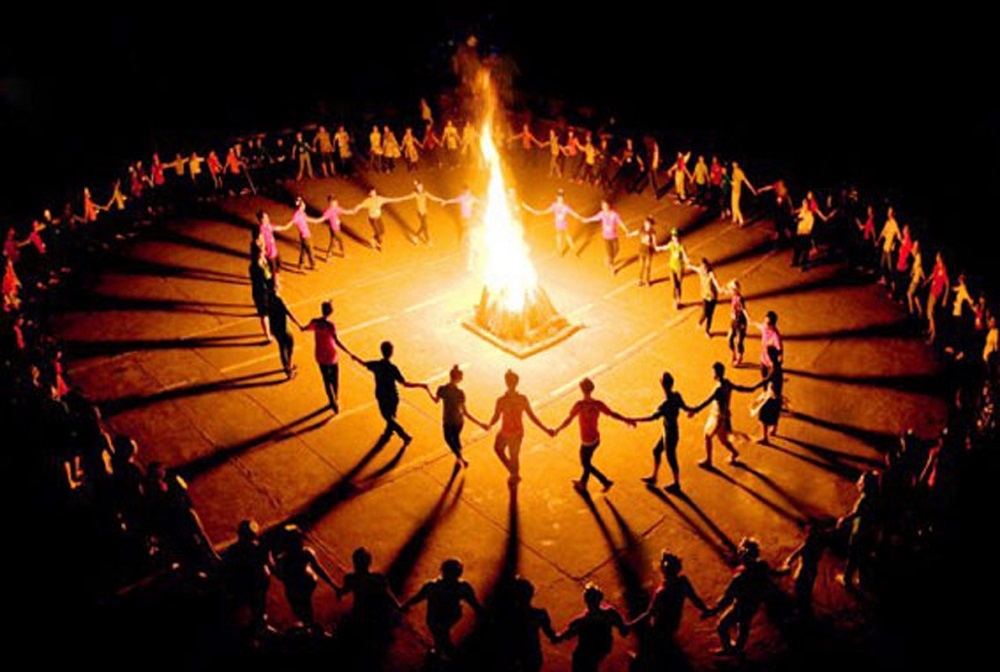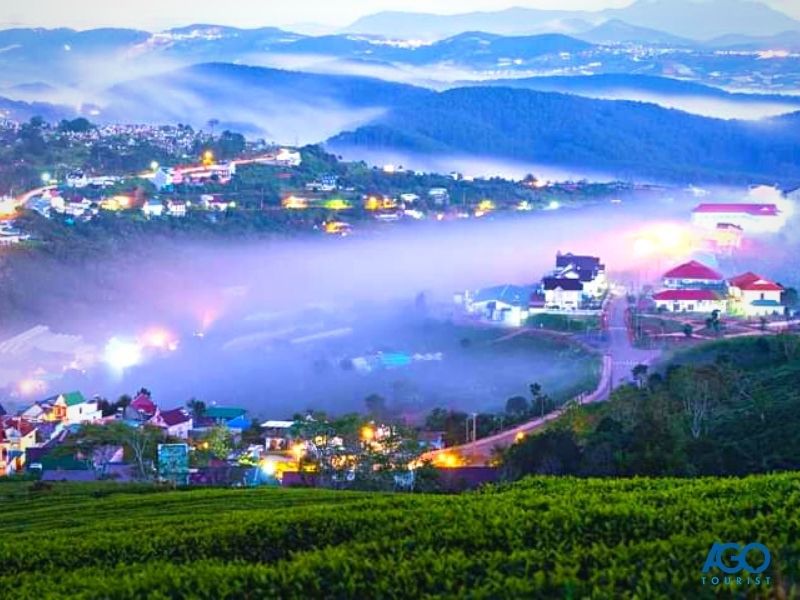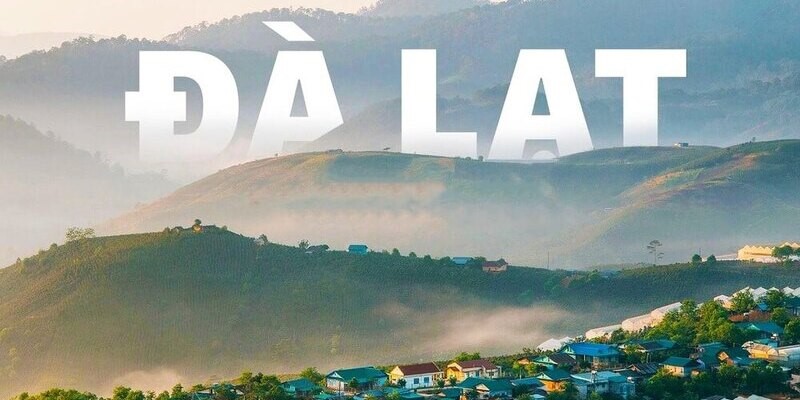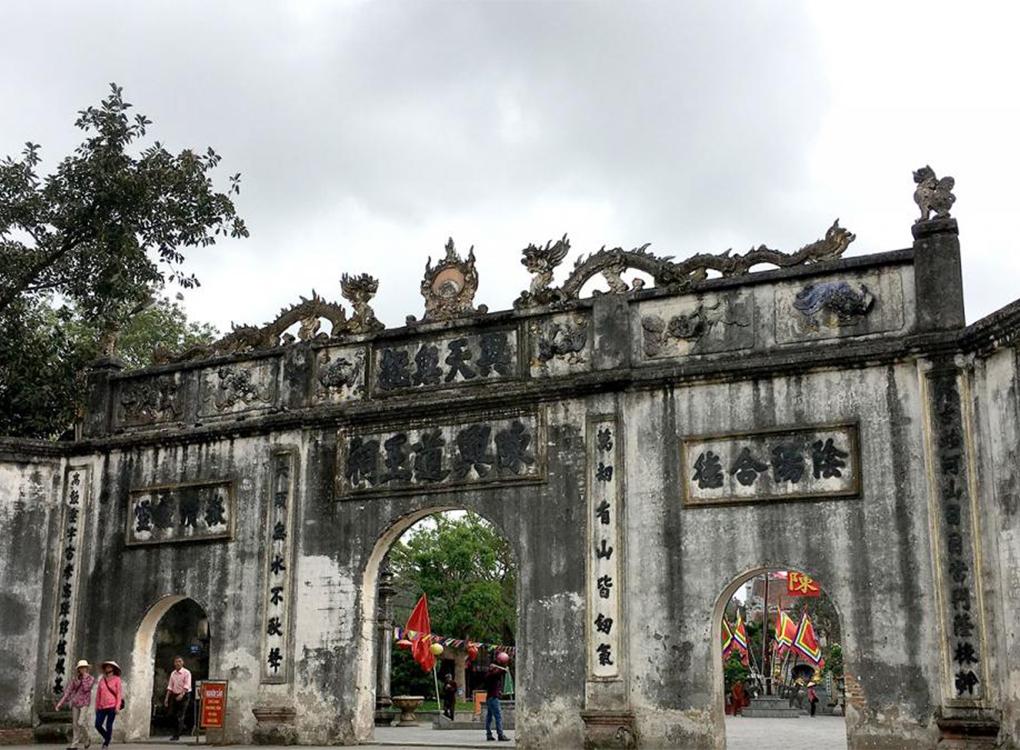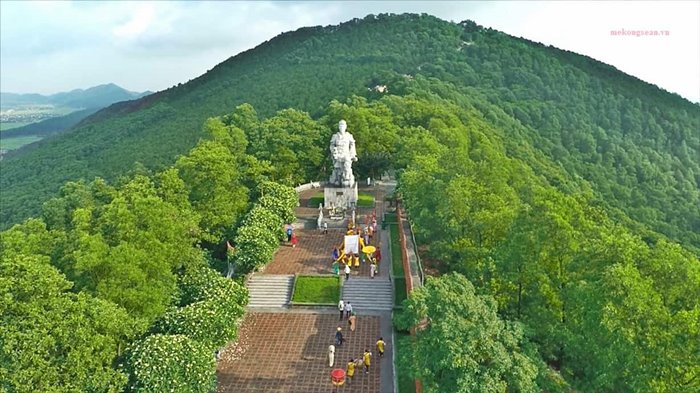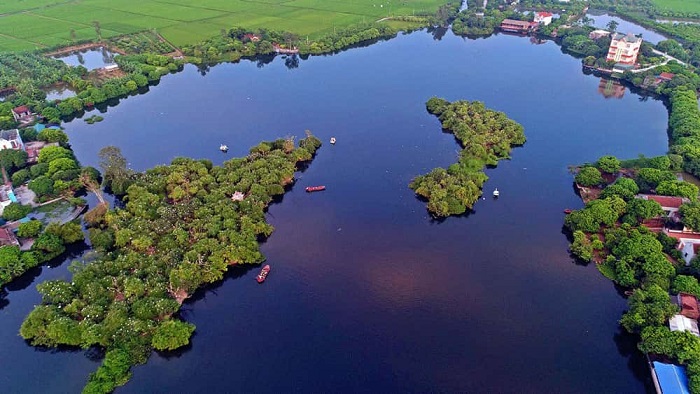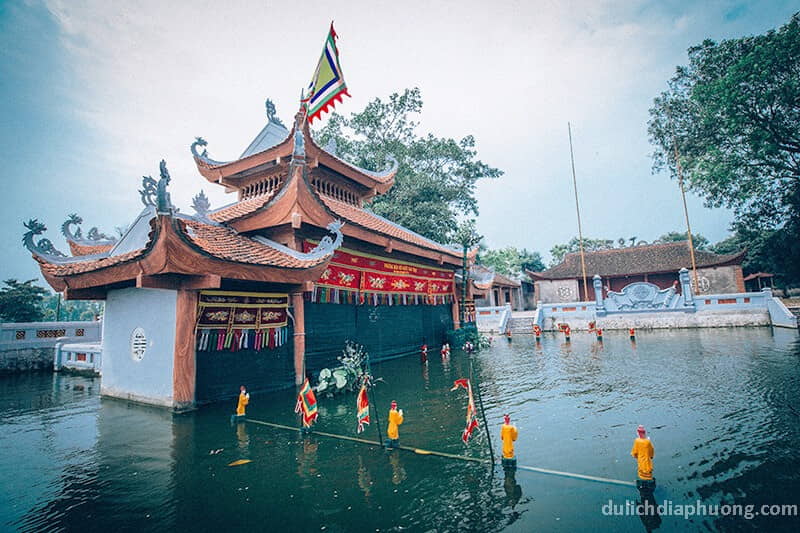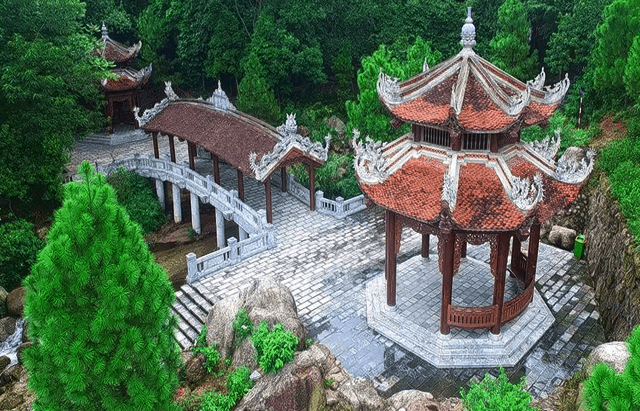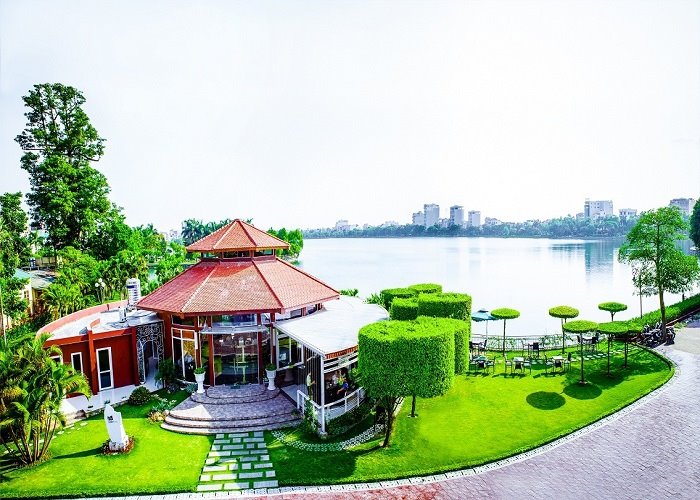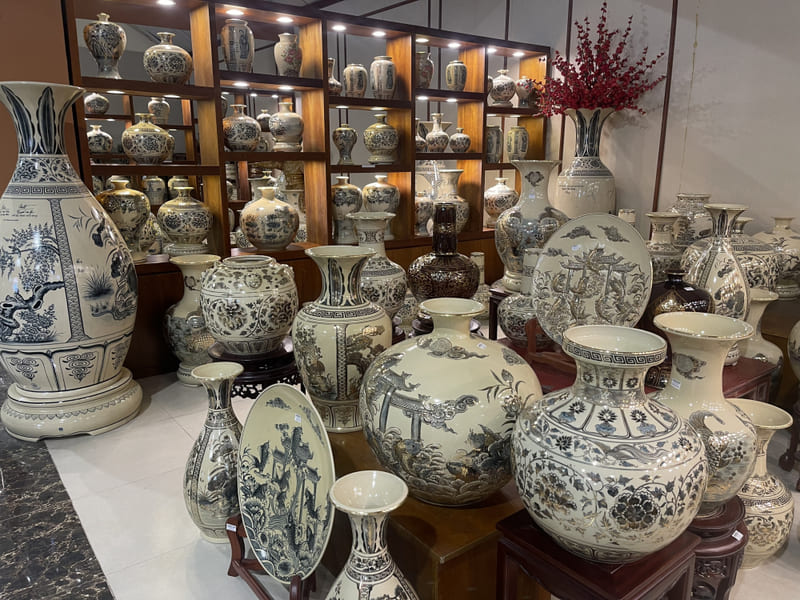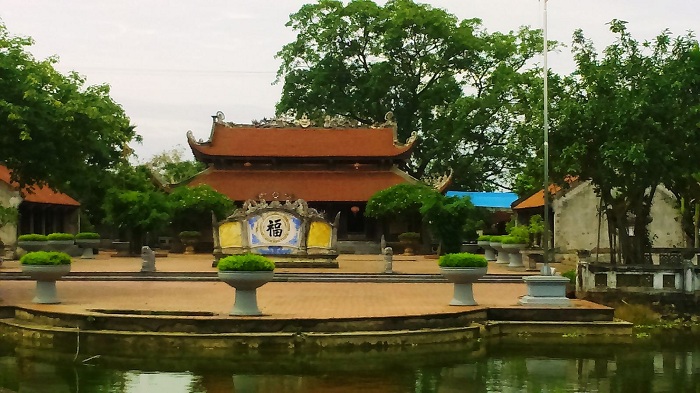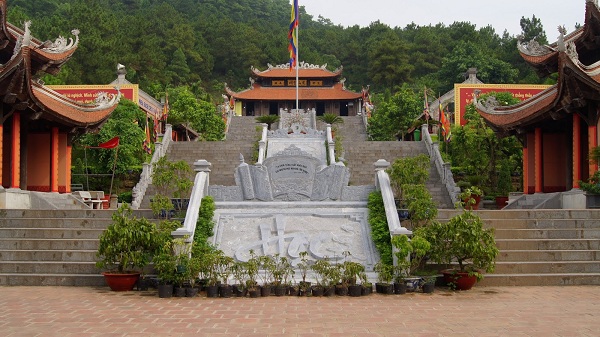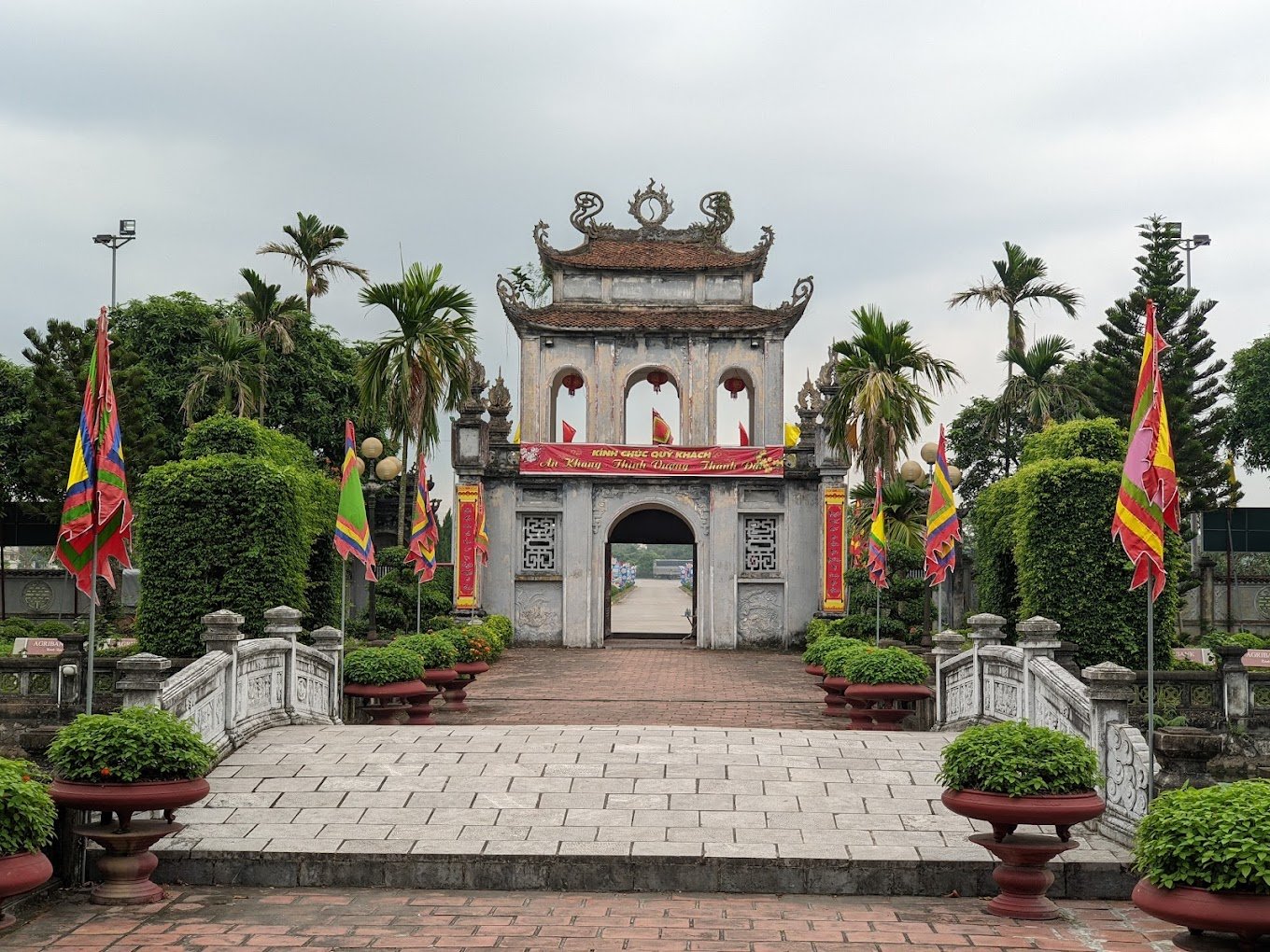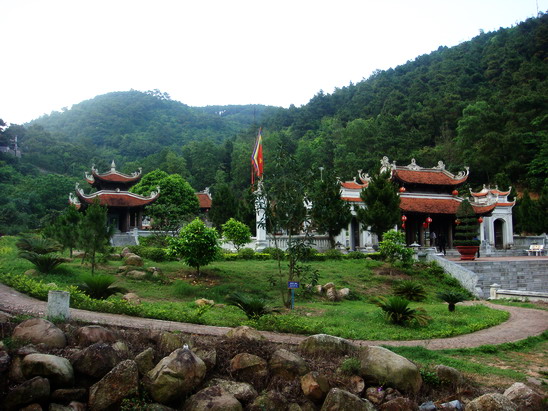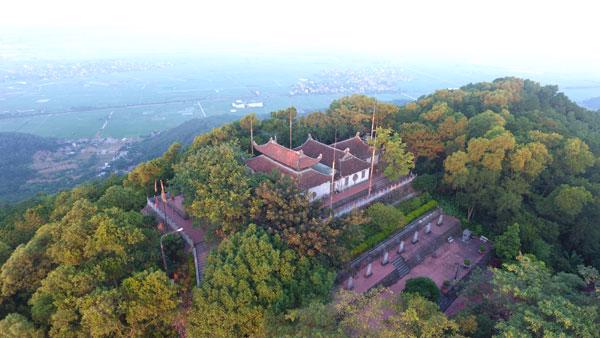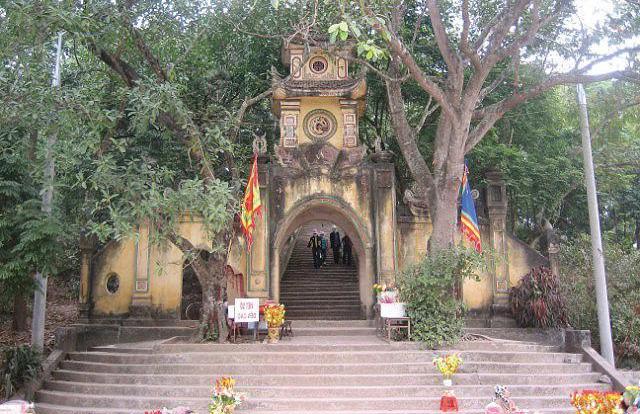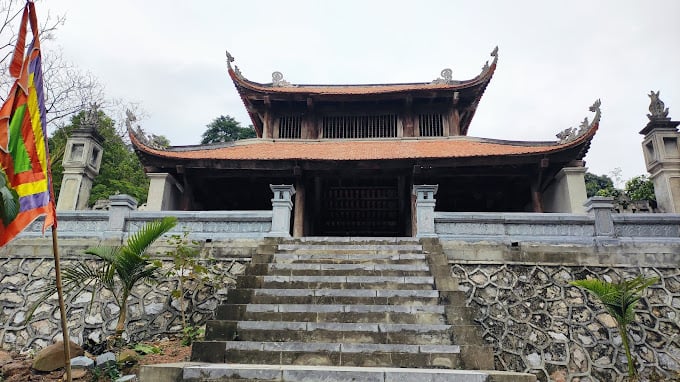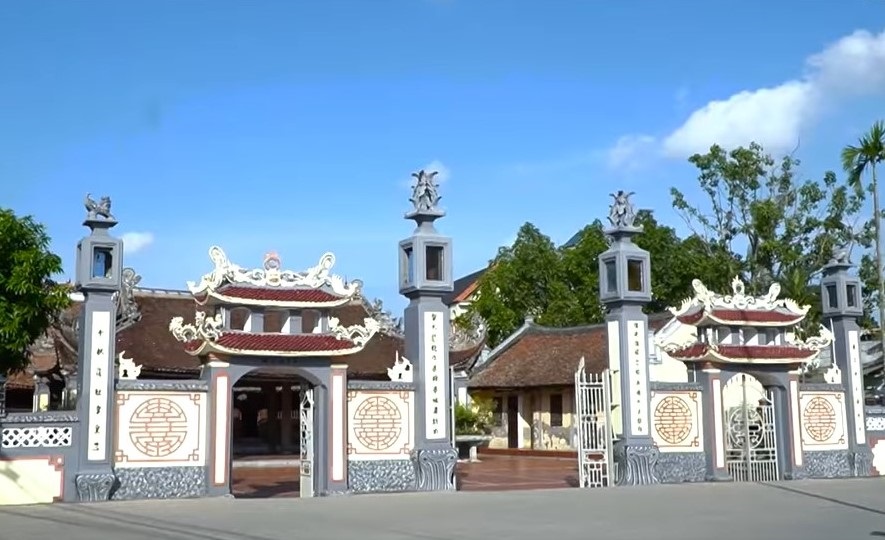Kinh Chu Cave is located on the slopes of a limestone mountain range called Duong Nham, Bo Da or Xuyen Chau. It is a mountain range located on the banks of the Kinh Thay River, gracefully reflecting its reflection into the water. The cave door faces south to welcome the cool summer breeze. Standing here, visitors can see Market Mountain and Pen Tower - the two highest peaks of this massive mountain range; see An Phu peak where Tran Lieu temple and Cao pagoda are located; See fields, villages and in the distance is the bustling town of Kinh Mon. But when entering the cave, visitors are surprised by the skillful hand of nature to create two high, bell-shaped cave domes. Deep inside is a stream of clear and cool water. No one knows where the stream flows. The cave was once home to hundreds of thousands of crows and bats, which flapped their wings at dusk and rushed out of the cave to search for food. This is also the evacuation place of the Hai Phong shipyard during the war against America to save the country. In the cave, there is a pagoda worshiping Buddha and worshiping King Ly Than Tong. A branch of the cave turns west, located lower, leading visitors to the temple worshiping Mother Tam Phu. The most unique feature in Kinh Chu Cave is the National Treasure - the ma chew stele system. All steles here are carved right into the cliffs with 54 steles, the largest number of steles in any cave in Vietnam. There's beer down low. There is beer on high. There is also a stele towering above the cave dome. The handwriting of these epitaphs is still intact because they have not been eroded by rain or sun. More than 50 epitaphs mentioned above have exact dates from the 14th to the 20th century. The authors of the epitaphs are also very diverse: from the King to the Great Mandarin; from government officials, district officials to wanderers, teachers to local translators. The content of the stele is very rich: the stele records the restoration of Duong Nham Pagoda in the cave. The stele records the construction of three gates, the carving of stone statues, the bridging of the pagoda gate, the stele records the names of those who passed the exam in the whole district from the Tran dynasty to the early 17th century. In particular, there are nearly 20 stele engraved with poems. There is a complete poem. There are poems that illustrate the epitaph. Regarding characters, these epitaphs contain many Chinese characters. Some steles are in Nom, some are in the national language. All are carved by the talented hands of the local stonemason (Duong Nham village). The handwriting is very small, soft, sharp; Decorative motifs such as curled dragons, climbing flowers, perching birds and intricate and sophisticated seals make us surprised and extremely admired. The poems carved on the cliffs in the cave are mostly scene poems and express their feelings for their country and homeland. Right on the cliff of the cave entrance is a stele engraved with the pen of the Great Mandarin of the Tran Dynasty: Pham Su Manh. He is from Hiep Thach commune and Duong Nham district. On the trip to review military routes, he chose Kinh Chu Cave as a place to live and read books. Feeling moved by the beautiful scenery of his homeland, he wrote a five-word poem with 18 lines. The old man himself wrote on the rock wall and then had the workers chisel along the strokes of the pen. The generous poetic voice recalls the heroic atmosphere of a time when our ancestors fought the enemy on the Bach Dang River: Bach Dang's rolling waves/ Imagine the Ngo king's boat/.../ Thousands of battleships on the sea surface/ Thousands of flags on the mountain's gates. Entering the cave, looking up at the top of the cave is a poem by King Le Thanh Tong, a wise king skilled in both literature and martial arts, who vindicated Nguyen Trai, the founder of the Tao Dan Association. The poem consists of 22 verses in seven-word form, not only praising the rivers and mountains, Dear Master Looking in eight directions, so vast/ Endless blue sky and mountains everywhere, but also revealing his Zen thoughts and Zen mind full of humanity. . Those who love poetry cannot help but be fascinated with poems that are both engraved with Chinese and Nom characters, and engraved with the National language. Or the poems that appeared in the early twentieth century (before the August Revolution) by monks Tran Huu Dap, Tran Quoc Trinh, and by retired minister Nguyen Van Dao. In these poems, besides the verses praising the beautiful sceneries: Duong Nham, a peaceful beast/ It is Uyen Village or Bong Lai, making visitors standing in front of the Luc Cave Paintings, the eternal scenery all have the feeling of Earthly dust. is also clean, the practice is also thick (poetry of Tran Huu Dap), we also encounter verses with profound hidden meanings containing feelings about the times that for some reason are not convenient to say: Dear Master, where are you? is the opening verse. The eighth sentence, the conclusion of the poem, is still intact, but the mood is different. Placing the poem in 1935 - the year of the poem's birth, we can partly understand what Tran Quoc Trinh wanted to convey. Turning to the poem of Mr. Nguyen Van Dao, a retired minister, we also encounter the haunting verses: Mourning and mourning the faces of the world/ Why are you busy, O meritorious work. The poem he wrote 6 years before the August Revolution. What was the country like at that time? How were people at that time? Answering the above two questions means we understand what he wants to say. With more than 20 poems carved on stone and many historical traces, many relics, beautiful landscapes, the An Phu - Kinh Chu - Nham Duong relic complex can be said to be an attractive tourist destination. However, currently connecting this tourist destination with other destinations in Hai Duong province and neighboring provinces/cities is not effective. Perhaps, in order for this relic to attract many tourists, the tourism industry of Hai Duong province and Kinh Mon district needs to strengthen the construction of unique and attractive tourism products associated with Kinh Chu Cave and the national relic complex. special price; At the same time, there are unique presentations for the destination; Promote cultural promotion and tourism promotion in Kinh Mon district.
Hai Duong 1782 view From January to December
Ngày cập nhật : 11/03/2023


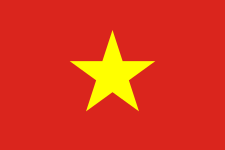 vn
vn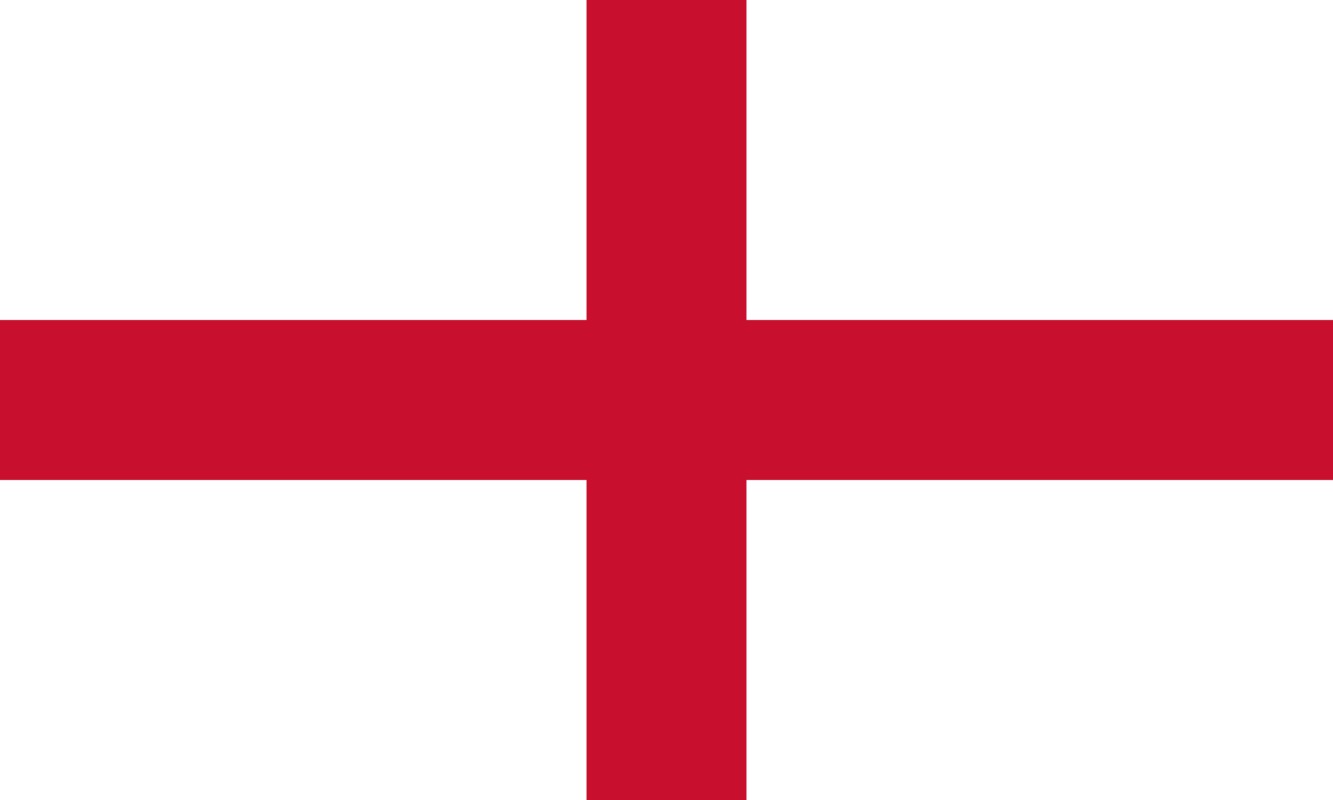 en
en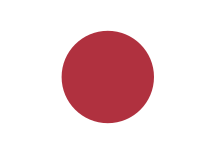 ja
ja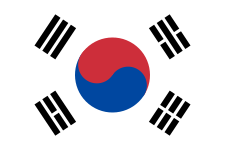 ko
ko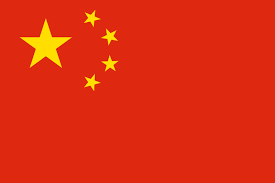 zh
zh


















